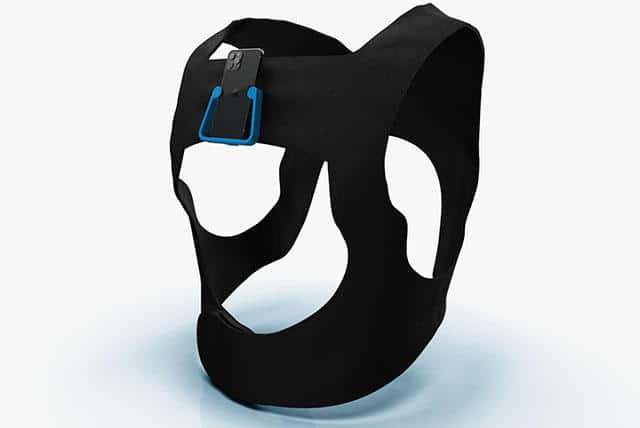University students create cutting-edge wearable navigation aid

A group of students from internationally acclaimed US-based Harvard University has launched a startup called Foresight, a wearable navigation aid for people with vision impairments that uses cutting-edge soft robotics and computer vision technology.
Foresight connects to a user’s smartphone camera, which is worn around the neck. It detects objects nearby and this information triggers soft textile units on the body that inflate to provide haptic feedback as objects approach and pass.
According to the university, Foresight was inspired by students’ experience with blind family members who spoke of the stigma surrounding the use of assistive devices.
“Being diagnosed with a permanent eyesight problem means getting used to a whole new way of navigating the world,” explained Ed Bayes, a student in Harvard’s Master in Design Engineering (MDE) programme, offered jointly by the John A. Paulson School of Engineering and Applied Sciences (SEAS) and Graduate School of Design (GSD). “We spoke to people living with visual impairment to understand their needs and built around that.”
The startup was born out of the joint SEAS/GSD course Nano Micro Macro, in which teams of students are challenged to apply emerging technology from Harvard labs.

With Foresight, the distance between an object and the user correlates with the amount of pressure they feel on their body from the actuators.
“The varied inflation of multiple actuators represents the angular differences of where those objects are in space,” said Nick Collins, M.D.E. ’21. “We settled on a simple, low-tech solution because we want this to be widely adoptable in places that don’t have access to a lot of high-end fabrication facilities.
“The simpler it is, the more widespread it can actually be deployed, which was important to us.”
Boasting a sophisticated computer vision algorithm, Foresight is able to detect and classify objects with ease.
Milan Wilborn, a materials science and mechanical engineering Ph.D. student in the lab of Joanna Aizenberg, Amy Smith Berylson Professor of Materials Science, added: “The software traces a bounding box around each object it ‘sees’ and by calibrating the ratios of that bounding box, the software can estimate how far an object is from the camera, and how quickly it is moving.”

